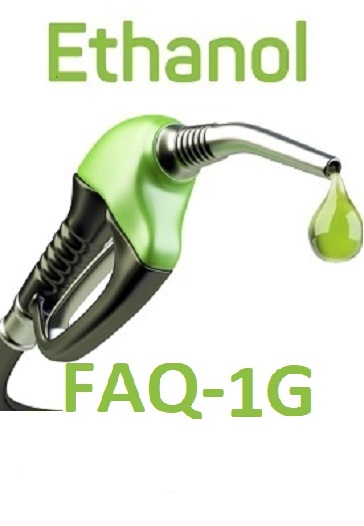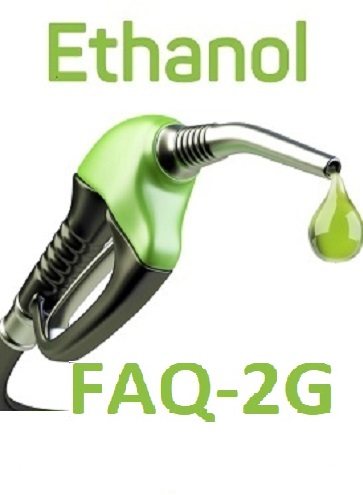Minister of Petroleum and Natural Gas
This link shall take you to a webpage outside mopng.gov.in. For any query regarding the contents of the linked page, please contact the webmaster of the concerned website.
The Union Cabinet, on 3rd June 2020, under the leadership of Hon'ble Prime Minister Shri Narendra Modi has given its approval for setting up of a Project Development Cells (PDCs) in Ministries/Departments of Government of India for attracting investments in India. This mechanism will reinforce India's vision of becoming a US$ 5 trillion economy by 2024-25.
PDC, Ministry of Petroleum & Natural Gas aims to enhance the investment friendly ecosystem that strongly supports the domestic investor as well as FDI and will boost the economy manifold. To provide Investors a seamless access to the Indian market, Project Development Cell members include officials from public sector undertakings and regulatory authorities and actively engage with state nodal departments and relevant stakeholders to facilitate investors with multiple queries on the policy, incentives and investment opportunities, and provide regulatory support on approvals.
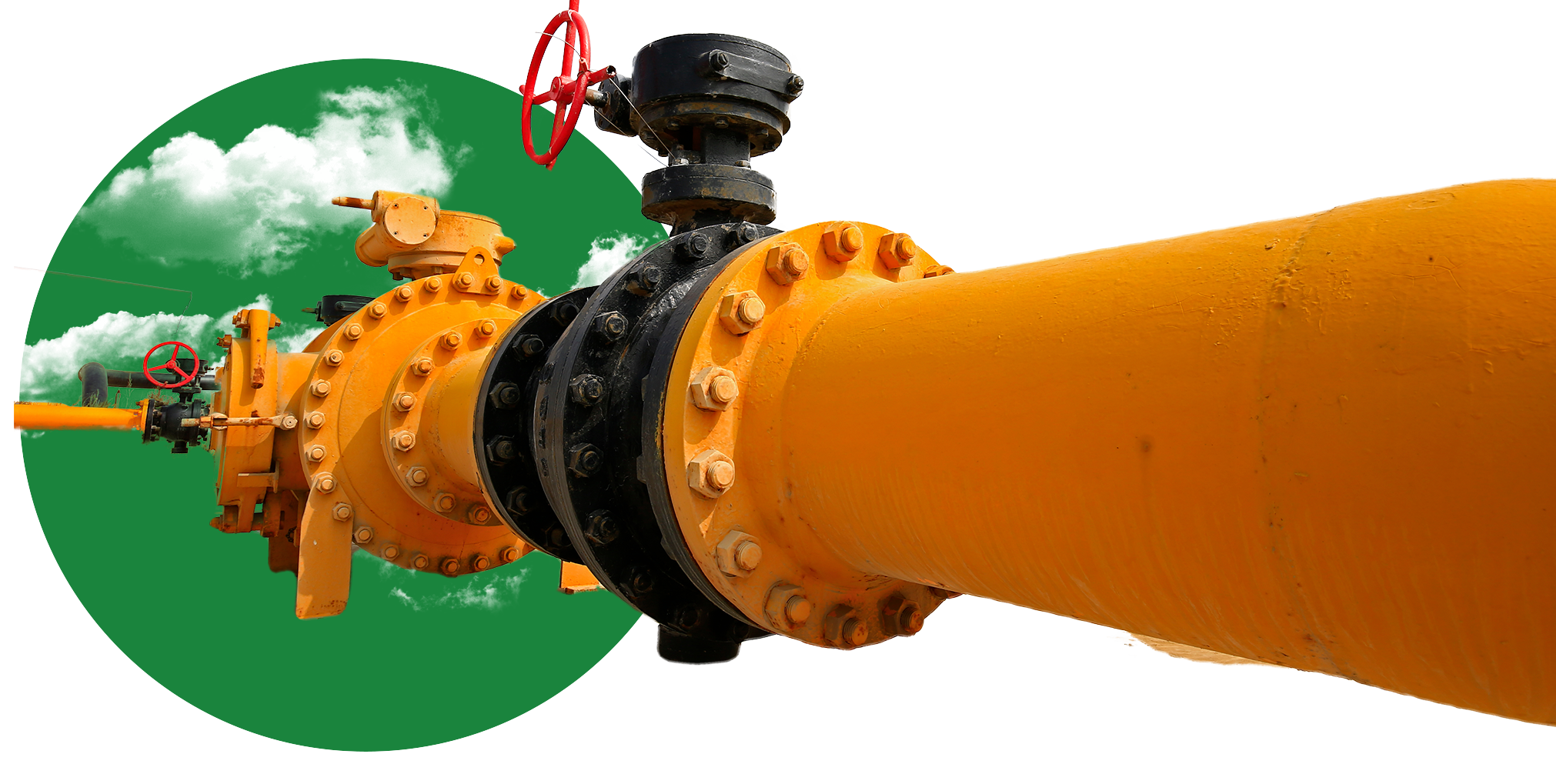
Energy is a key driver of economic growth and the Government's focus has been to bring about transformational changes in the energy landscape of India to fulfil the twin objectives of energy justice and climate justice. The Petroleum and Natural Gas Ministry has endeavoured to "Reform, Perform and Transform" the sector. The government has taken several reforms and accomplished major task with far-reaching impacts in the sectors of Exploration and Production, Refinery, Marketing, Natural Gas and international cooperation.
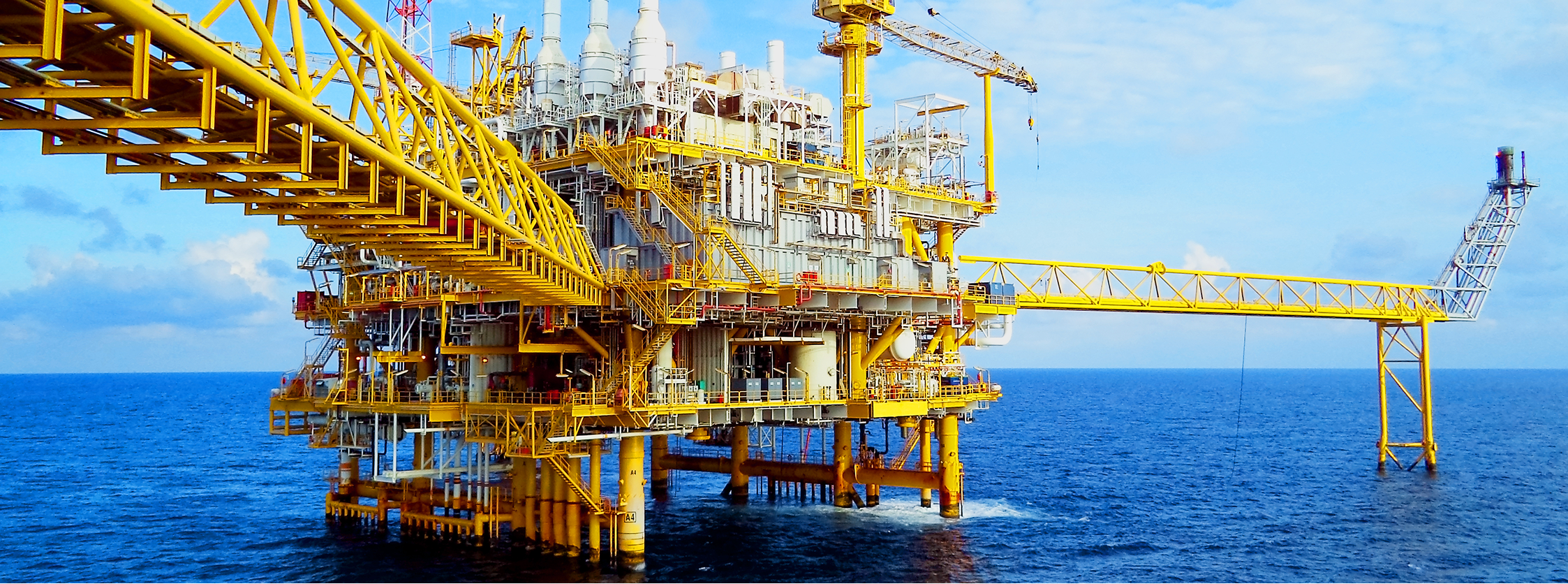
In a major drive to give a boost to upstream hydrocarbon sector, the Government has unveiled a series of policy initiatives. The reforms in hydrocarbon sector are based on the guiding principles of enhancing domestic oil and gas production, increasing investment, generating sizable employment, enhancing transparency and reducing regulatory burden.
In a major policy drive to give boost to hydrocarbon sector, the government has unveiled a series of policy reforms in the recent years. Some of the notable policy reforms are:
Hydrocarbon Exploration and Licensing Policy (HELP)
Government notified Hydrocarbon Exploration and Licensing Policy (HELP) on 30th March, 2016 and formally put in operation w.e.f. 1st July, 2017 with notification of Open Acreage Licensing Policy and operationalization of National Data Repository (NDR). HELP is a paradigm shift from Production Sharing Contract (PSC) regime to Revenue Sharing Contract (RSC) regime which completely overhauls the regulatory regime for the future Exploration and Production (E&P) activities by reducing the regulatory burden based on the principle of 'Ease of doing business'. It provides for single License for exploration and production of conventional as well as non-conventional Hydrocarbon resources, pricing and marketing freedom, reduced rate of royalty for offshore blocks etc. Open Acreage Licensing Policy (OALP) means potential investors/companies can carve out exploration acreages of their choice and submit Expressions of Interest round the year.
National Seismic Programme (NSP)
Government formulated National Seismic Programme (NSP) in October, 2016 to appraise the unappraised areas in all sedimentary basins of India where no/scanty data was available. Under the programme, Government approved the proposal for conducting 2D seismic survey for data Acquisition, Processing and Interpretation (API) of 48,243 Line Kilo Metres (LKM).
Government of India has set up an E&P data bank, National Data Repository (NDR), with state-of-the-art facilities and infrastructure for preservation, upkeep and dissemination of data to enable its systematic use for future exploration and development in July, 2017. Having an NDR for India has helped in enhancing prospects of petroleum exploration and facilitating the Bidding Rounds by improving the availability of quality data. With this action, India has joined the league of countries that have an NDR and can compete effectively in the hydrocarbon exploration and production sector.
Detailed Note on Policies:Click Here
For any facilitation/assistance regarding investments, please register yourself.
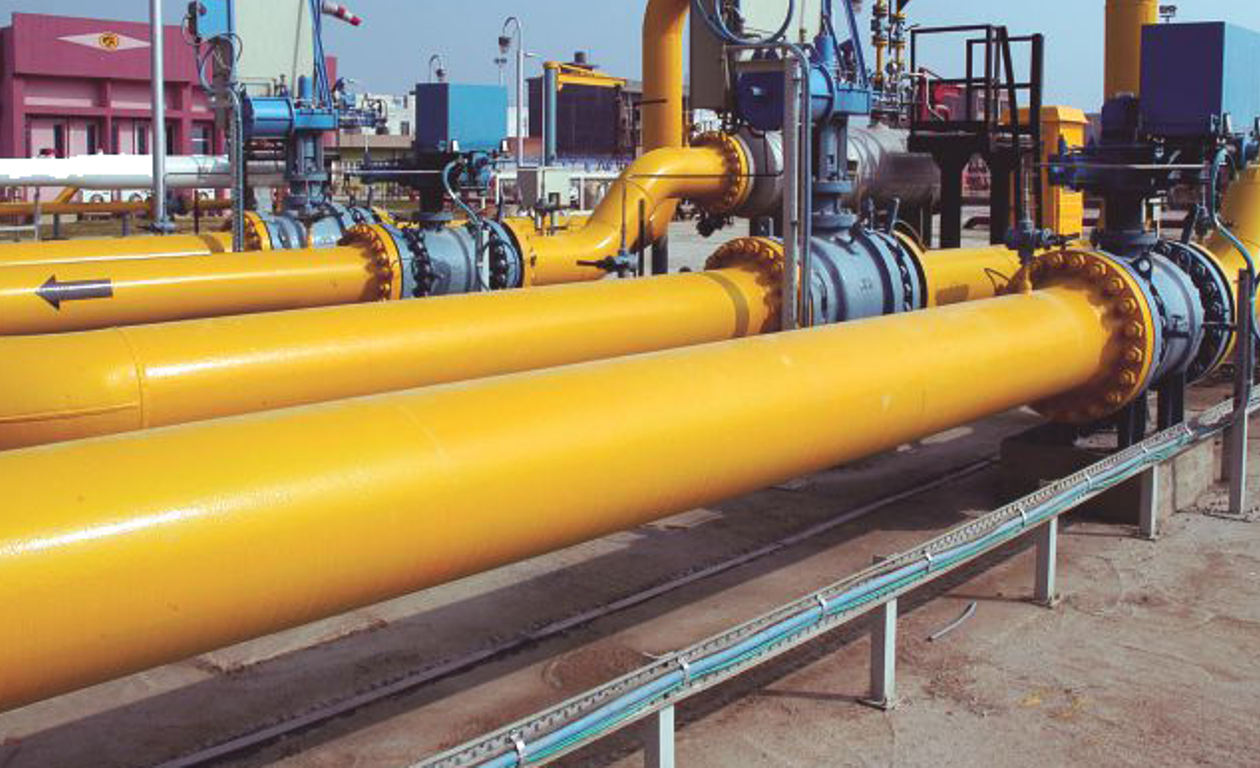
The Indian economy presently is believed to have established itself on a healthy growth path and this would increase going forward the energy consumption in the country.
Massive expansion is planned in the laying crude oil and gas pipelines, City Gas Distribution, LNG Terminals, Storage Units.
Since 2014 and onward, Government of India is consistently taking initiatives, revamping policies and framing new ones towards making India a gas-based economy -initially, by increasing the share of gas in India's primary energy mix from current 6 percent to 15 percent, a goal laid out by Hon'ble Prime Minister. Currently, world's average natural gas share in primary energy basket is about 24 percent.
Government is looking to enhance LNG import capacity by developing new terminals and augmenting existing capacities, and, connecting the eastern and north-eastern parts of the country with gas grid by developing the 2650-km Pradhan Mantri Urja Ganga project and the 1565-km North-eastern Region Gas Grid project. Capital support of about Rs. 10,676 crore has been extended to these projects to make gas accessible in remote areas. Country is having over 16,800 km long gas pipeline network and additionally another 14,700 km gas pipelines are under different stages of construction.
a) CNG for Infra-City Transportation: By 2024, around 85,000 Buses are expected to be converted to CNG.
b) Mobile Refueling Unit based CNG Stations: Potential of installing around 2,200 MRUs. Also, MRU can be a solution for congestion management issues in existing CNG stations.
c) Telecom Service Towers: 2 lakh telecom towers can be converted to gas generator. Market is expected to grow at a CAGR of 3% over next 4-5 years.
d) Market for Equipment and Spares in CGD Sector: Market size of USD 5 billion in PNG by 2024. Market size of USD 2 billion in CNG stations by 2024.
For any facilitation/assistance regarding investments, please register yourself.
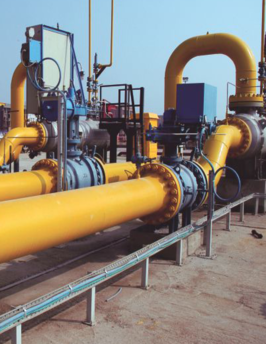
Gas Pipeline infrastructure is an economical and safe mode of transporting the natural gas
Read More.png)
A strong emphasis has been laid on expansion of city gas distribution (CGD) networks across
Read More.png)
Liquefied Natural Gas (LNG) has also emerged as one of the feasible alternate economical
Read More.png)
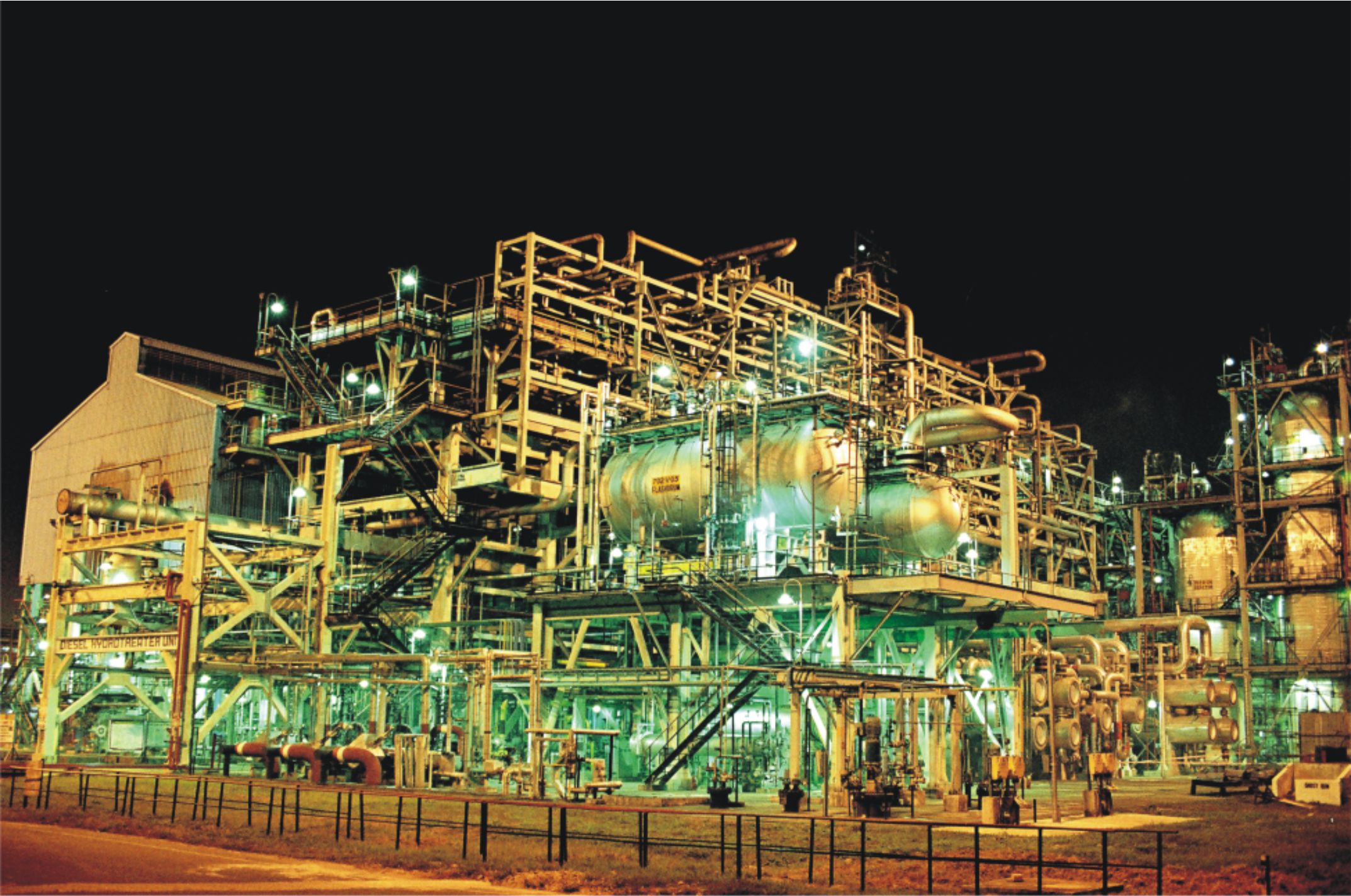
The downstream sector in India had humble beginnings in 1901 when India's first refinery at Digboi in Assam supplied petroleum products to the region. The oil industry has evolved over the years with the downstream supply chain ensuring distribution of petroleum products to every citizen across the length and breadth of our vast and diverse country.
Indian petroleum consumption is driven by its robust domestic demand owing to growth in key sectors including automobiles, aviation, freight and petrochemicals. India is the largest two-wheeler market and the fourth largest four-wheeler market in the world.
Technologically advanced initiatives through bio fuel production from refinery-off gases, crude to chemicals, CO2 capture & valorisation along with coal gasification and water conservation through reducing fresh water intake are redefining the petroleum refining business in India.
Infrastructure Development
The Indian refining industry has established at itself as a major player globally. India is emerging as a refinery hub and refining capacity exceeds the demand. The country's refining capacity has increased from a modest 62.00 Million Metric Tonnes Per Annum (IMIMTPA) in 1998 to 249.366 MMTPA at present, comprising of 23 refineries-18 under Public Sector, 3 under Private Sector and 2 in Joint Venture.
The refining capacity is not only sufficient for domestic consumption but leaving a substantial surplus also for export of petroleum product. Since 2001-02, India is a net exporter of petroleum products.
New Initiatives in Marketing
The Government has approved the guidelines for granting authorization to market transportation fuels i.e. Motor Sprit (MS) / High Speed Diesel (HSD). Necessary notification in this regard has been published in the Gazette of India on 08.11.2019.
The Government of India through gazette notification No. 384(E) dated May 29th 2019 amended Petroleum Rules 2002 for door step delivery of diesel to stationery equipment, heavy machinery/ vehicles etc. Accordingly, Public Sector Oil Marketing Companies and Private Oil Companies have commenced door step delivery of Diesel only through some of their respective dealerships.
Prices of petrol and diesel have been made market-determined by the Government with effect from 26.06.2010 and 19.10.2014 respectively. Since then, the Public Sector Oil Marketing Companies (OMCs) are competent to take appropriate decision on pricing of petrol and diesel in line with international product prices and other market conditions.
Daily revision of retail selling price (RSP) of petrol and diesel has been implemented in the entire country with effect from 16th June, 2017. Daily price revisions of Petrol and Diesel will make the retail prices more reflective of the current market conditions, minimising the volatility in the RSP of Petrol and Diesel. Further, it will lead to increased transparency in the system. This will also enable smoother flow of products from refinery/depots to Retail Outlets.
Clean Fuels
In order to tackle the issue of vehicle tail-pipe emissions from its large and rapidly motorizing population, it was imperative for India to adopt a regulatory pathway to limit the adverse outcomes of these emissions. In view of the urgency to provide relief to the population from the adverse impact on health, Government of India decided to leap-frog from the BS-IV emission norms to the BS-VI norms, without going through the BS-V stage, as recommended by the Expert Committee. The schedule was substantially compressed, in order to catch up with the more developed nations of the world. Where the Expert Committee had recommended roll-out of BS-V auto fuels across the country effective 1.4.2020, Government of India decided had implement BS-VI emission norms effective that date.
It is significant that European countries moved from Euro-IV norms to Euro-VI norms over a period of about 9.5 years. The Indian Petroleum Sector has accomplished this transition in 3 years, to substantially reduce the lag behind the advanced countries of the world.
Detailed Note on Policies:Click Here
For any facilitation/assistance regarding investments, please register yourself.
.jpg)
With the twin challenge of enhancing energy access and simultaneously curbing carbon emissions, the context is set for energy transition. Climate change, sustainable development goals and air pollution constitute the very basis of this transformation. This will lead to greater focus on Gas, Renewables & Bio-fuels aided by policy, technology & Innovation.
We are living in times where there is a dire need to maintain ecological balance. Increasing Pollution levels are cause for concern. Keeping this in mind, the Ministry of Petroleum and Natural Gas has taken several initiatives to bring in sustainability.
National Policy on Biofuels
The National Policy on Biofuels-2018 notified on 08.06.2018, inter-alia, allows production of ethanol from damaged food grains like wheat, broken rice etc. which are unfit for human consumption. The policy also allows conversion of surplus quantities of food grains to ethanol, based on the approval of National Biofuel Coordination Committee. The National Policy on Biofuels-2018 envisages an indicative target of 20% blending of ethanol in petrol and 5% blending of bio-diesel in diesel by 2030.
With an aim to provide more choices of alternative automotive fuels to consumers, the following approvals have been given by the Government:
To maximize the production of ethanol in the country for the purpose of blending with petrol, other options/routes for enhancing ethanol production need to be explored. Government has already allowed procurement of ethanol produced from other non-food feedstock besides molasses, like cellulosic and lignocelluloses materials including petrochemical route.
Subsequent to opening up of alternate route i.e. Second Generation (2G) route for ethanol production, Oil Marketing Companies are in the process of setting up 12 2G bio-refineries with an investment of Rs.14,000 crores. Five 2G bio-refinery projects in Bhatinda, Bargarh, Numaligarh, Panipat and Gorakhpur are in advanced stage of construction.
Detailed Note on Policies:Click Here
For any facilitation/assistance regarding investments, please register yourself.
.png)

Subsequent to opening up of alternate route i.e. Second Generation (2G) route for ethanol
Read More.png)
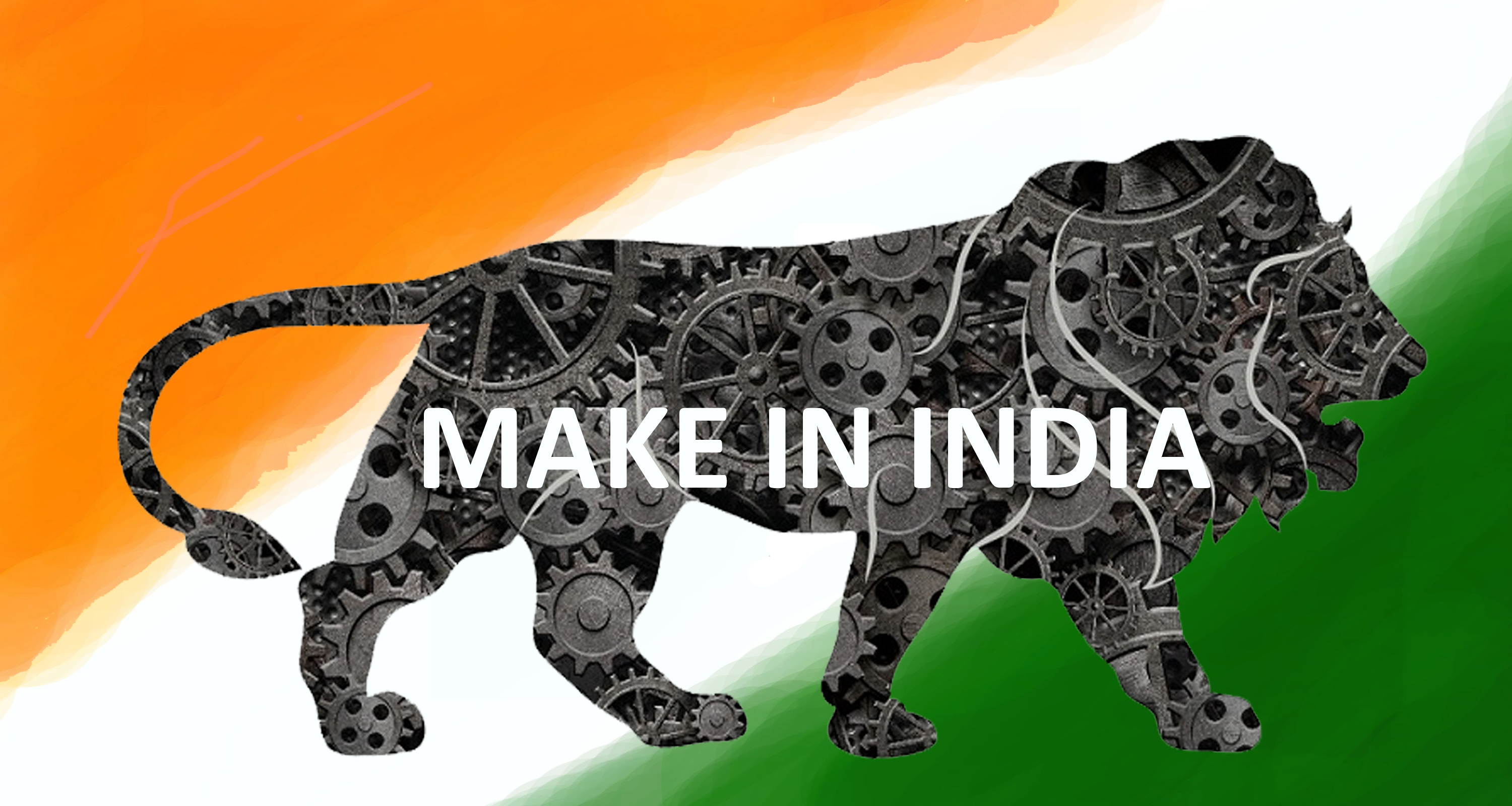
The Make in India program was launched by Shri Narendra Modi, the Hon'ble Prime Minister on September 25, 2014, with an objective to put India on the world map as a major hub for global design and manufacturing. Through this initiative, it was intended to contribute effectively to nation building through generation of employment opportunities and economic growth.
The Make in India campaign launched by our Hon'ble Prime Minister has added much needed boost to the economic growth of the country. Government of India has actively worked towards developing local manufacturing and local supply chains by establishing a level-playing field for domestic and Foreign Oil and gas equipment manufacturers to set up plants in India considering the future demand requirements in the sector and to encourage exports in order to achieve growth in the sector.
For any facilitation/assistance regarding investments, please register yourself.

Government of India has envisaged connecting 1 Cr cumulative PNG household kitchens by the
Read MoreThe registration and query form may please be filled navigating to Investment Corner, refer the link Click here
There is no restriction for the same.
PDC team at the Ministry reports directly to the Secretary, Ministry of Petroleum & Natural Gas on investment cases. The team comprises of Joint Secretaries of Ministry as ex-officio members, officials from relevant PSUs, regulatory bodies, and Invest India.
PDC Team works proactively and closely with the investor to fast-track the investment related queries. All efforts are made to respond notwithstanding wide spectrum of complexities and different parameters involved in the nature of the investor queries.
